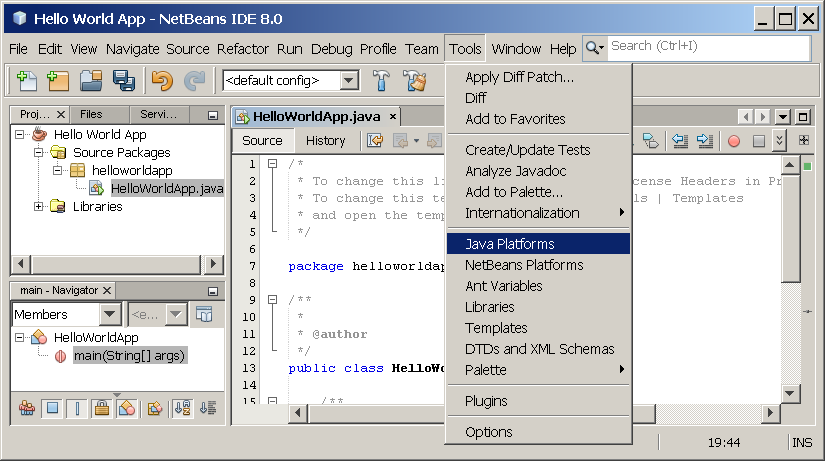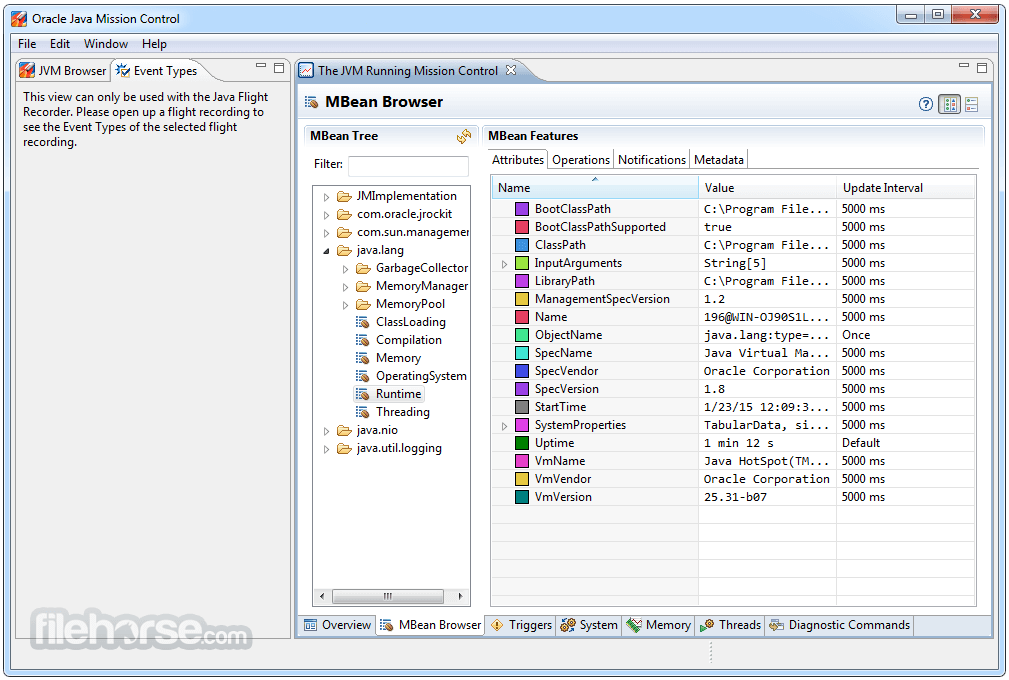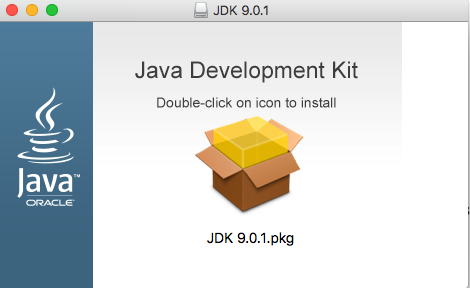
Now bear in mind that some applications, specifically applications that are Java-dependent like IDEs, office suite applications like OpenOffice or LibreOffice, torrent clients, and more, will rely on Java to work. However, the issue with Java is that it comes preinstalled (without permission), and it is no straightforward task where you can hit an “Uninstall” button just like every other application to remove it. Besides, if any applications do need it, we can install it then whenever we’re asked. Why may you ask? Because it’s not required for most of the applications on the machine. But I have its docs, and it looks like a terrific tool as well.The need to have Java installed on your Mac is needless, to say the least. I haven’t used SDKMAN, so I can’t compare the experience of using it. Other possible solutions: Homebrew, jEnv, and SDKMANĪs I mentioned at the beginning of this article, I was using Homebrew and jEnv to manage multiple JDKs, and my takeaway there was that Homebrew is a little slow, but jEnv was easy to use. I found that jEnv made it easy to switch JDKs from the command line, and the Coursier commands are a little hard to remember, so I may try that.

I just took another look at the jEnv docs, and I didn’t think about this earlier, but it looks like you should be able to use jEnv with the Coursier JDK installations.





 0 kommentar(er)
0 kommentar(er)
